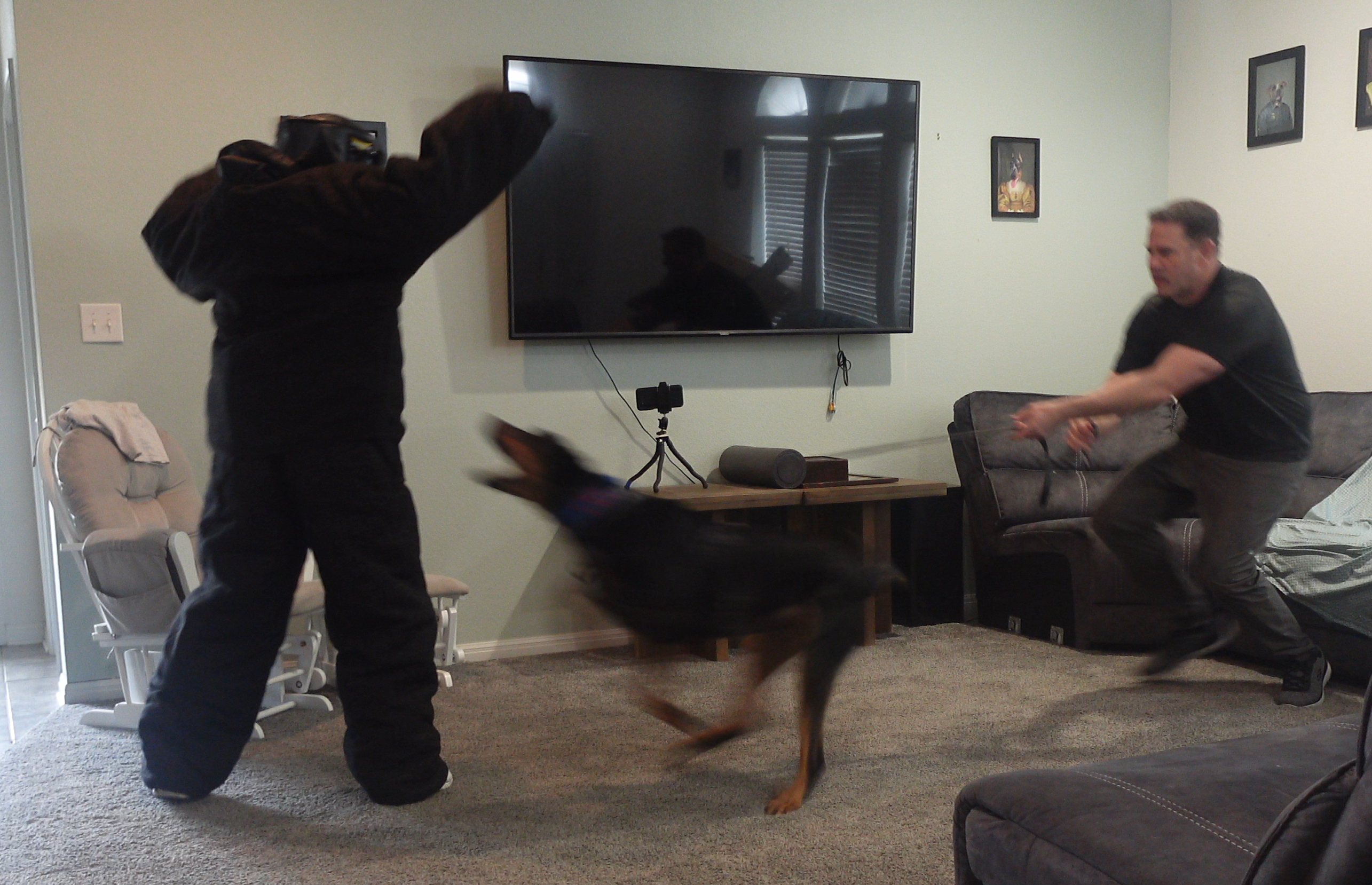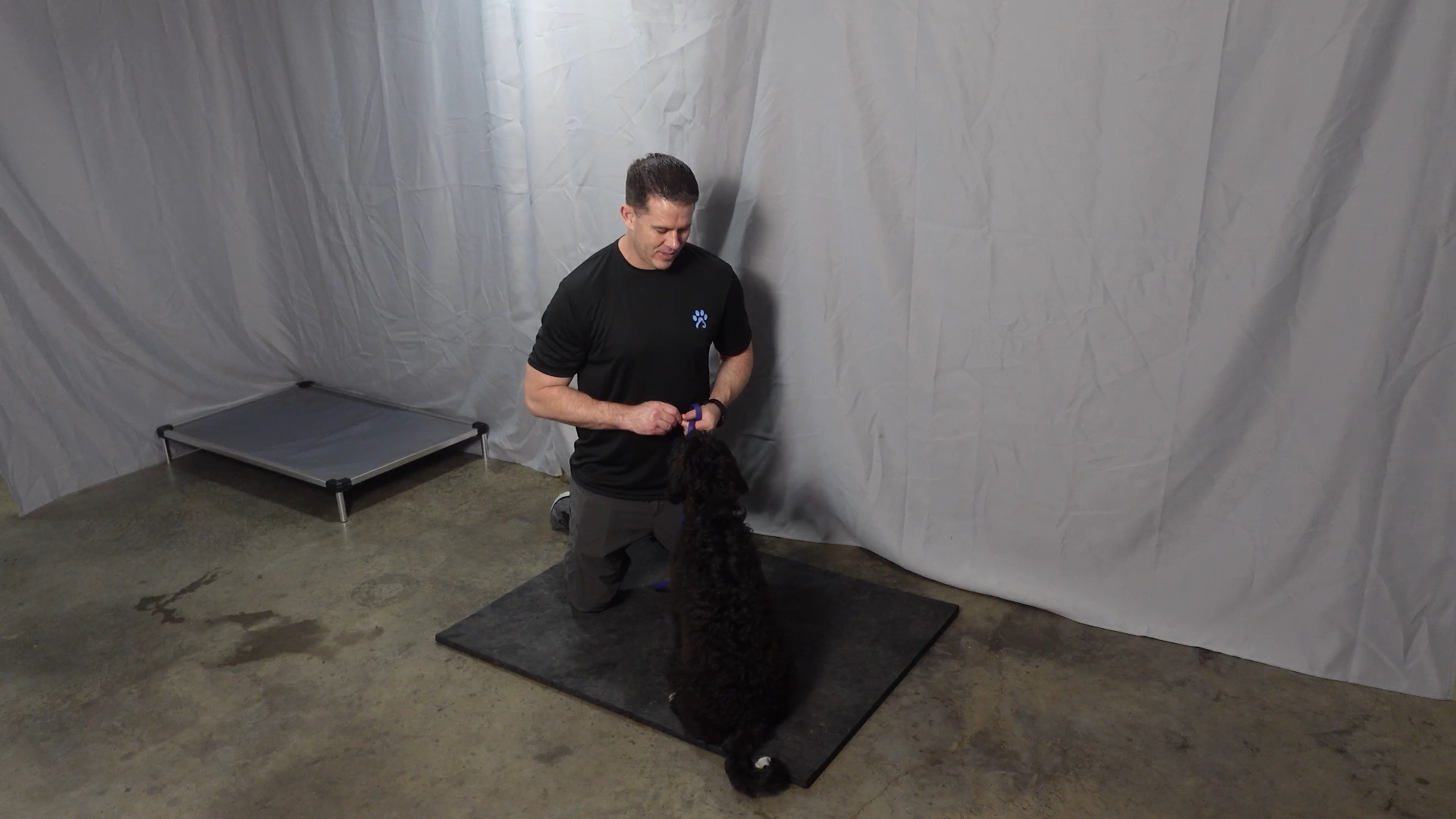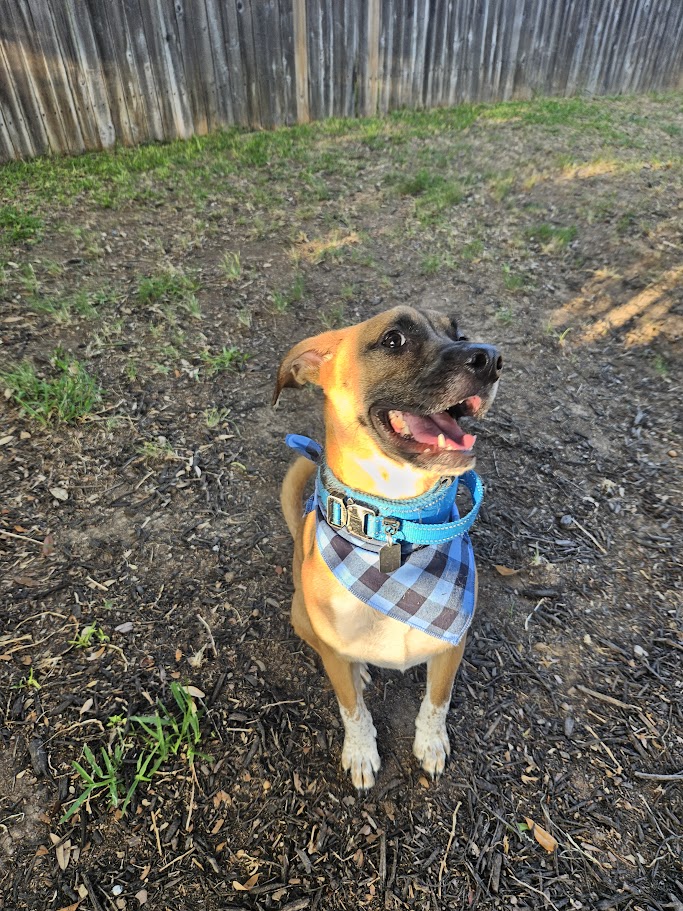Waco Dog Trainer
Proven Methods From A Waco Dog Trainer
The term “dog training” encompasses a wide range of techniques and methodologies. At Species K9 Waco, we simplify this process by breaking training into three clear and structured phases. We are committed to providing full transparency about each phase and how it is implemented.
In the first phase, your dog is taught the meaning of commands and how to perform them correctly. The second phase focuses on guiding your dog to understand appropriate corrections when mistakes are made. Finally, the third phase ensures your dog can reliably execute commands even in the presence of distractions. This systematic approach helps create a well-trained and confident companion.
Ready to Transform Your Dog’s Behavior with Compassion and Expertise?
At Species K9, we specialize in results-driven, humane dog training built on trust, science, and clear communication. Whether you’re in San Antonio, Waco, or anywhere in Central Texas, our trainers are here to help.
👉 Schedule Your Consultation Today and take the first step toward a calmer, more confident companion.

Behind Our Dog Training



Why Work With Species K9 Waco?
At Species K9, we are committed to transparency by offering in-depth explanations of our training methods and showcasing dog training videos—an approach seldom found on other trainers’ websites. We take pride in demonstrating our humane and effective techniques openly, reflecting our confidence in the quality of our services.
Dog training is a journey that requires time, patience, and consistency. Quick-fix programs that promise results in as little as two weeks are not only unrealistic but can also harm the crucial bond between a dog and its handler. At Species K9, our focus is on building enduring relationships through trust and scientifically proven training practices
Effective Dog Training Methods
The training commands we teach are broken down into multiple small, manageable steps, utilizing techniques such as shaping and chaining. This approach ensures that your dog is set up for success throughout the learning process. Our methodology is grounded in the same principles used to teach children with special needs through Discrete Trial Training (DTT) within the framework of Applied Behavior Analysis (ABA).
By employing these proven strategies, we aim to create a positive and productive learning experience for both the dog and the owner. This reduces frustration and confusion, fostering clear communication and understanding. While some dog trainers may overcomplicate the process, we believe effective dog training is straightforward and accessible when approached with the right techniques.


Supportive Training Tools
Understanding Dog Behavior
All canine behaviors align with the A-B-C behavioral model:
- Antecedent: The cause or trigger for the behavior.
- Behavior: The action performed by the dog.
- Consequence: The outcome that reinforces the behavior.
This straightforward approach eliminates the need for harsh punishments, abusive practices, or adversarial interactions with your dog. By focusing on positive reinforcement and clear communication, this method fosters a more engaged and enthusiastic relationship between dogs and their owners.
Enjoyment is a key component of effective dog training—if you don’t find joy in the process, your dog likely won’t either. A positive and collaborative experience ensures better results for both.
- Antecedent (cause of the behavior)
- Behavior (action)
- Consequence (how the behavior is reinforced)

